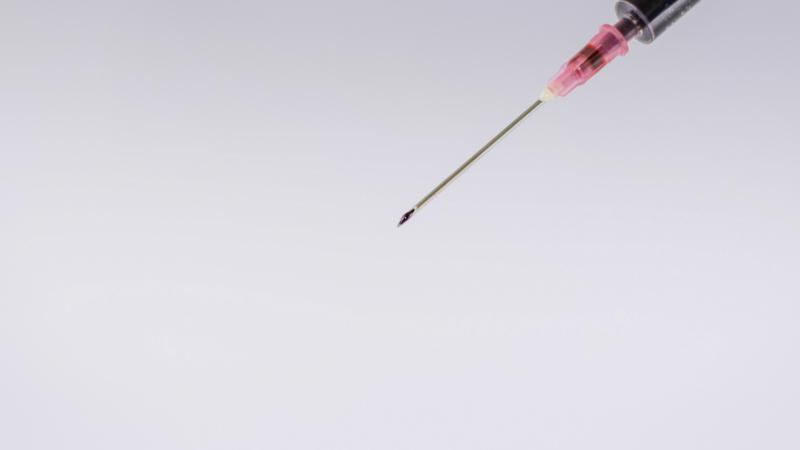
Scientists from Indian Institute of Science (IISc), Bengaluru, have developed a novel detonation–driven shock tube device for needle-free, painless drug delivery method. If commercialized the technology could replace the dreaded injections used in drug delivery.
Injections or puncturing the skin with a needle has been the preferred method of delivering vaccines. This method, however, has come under scrutiny in recent times, due to the risks they could pose, like needle contamination, requirement for safe disposal of used needles, waste accumulation, accidental needle-stick, pain during usage, and needle phobia. Researchers around the globe have been looking for an ideal, needle-free and localized drug-delivery mechanism that could replace the needle and syringe.
The study from IISc demonstrates a novel device that uses shock waves to accelerate liquid jets, like vaccines, allowing them to penetrate the skin. Shockwaves are waves or disturbances moving faster than the speed of sound, usually generated as a result of an explosion. Although, usually studied as part of aerodynamics and aerospace research, shock waves have now been used for a host of interdisciplinary applications, including biomedical application.
The newly designed device consists of a shock tube containing oxyhydrogen (a mixture of hydrogen and oxygen gases in the ratio 2:1). The oxyhydrogen mixture is detonated using a spark plug to produce the shock wave, which travels the length of the shock tube, accelerating the liquid vaccine placed at the end of the shock tube. A paper diaphragm was used to separate the oxyhydrogen from the vaccine. The device was found to produce strong shockwaves, accelerating the liquid jets to velocities up to 96 meters per second-- powerful enough to penetrate the skin to depths of around 100 micro meters.
In their study, the researchers successfully administered BCG and Salmonella vaccine strains to mice, using the shockwave-assisted vaccine delivery device.
“The ability of the proposed device to produce shockwaves of required strength in a safe, clean and reproducible manner opens up new opportunities for shockwave-assisted biomedical research” remark the researchers about their new invention.





